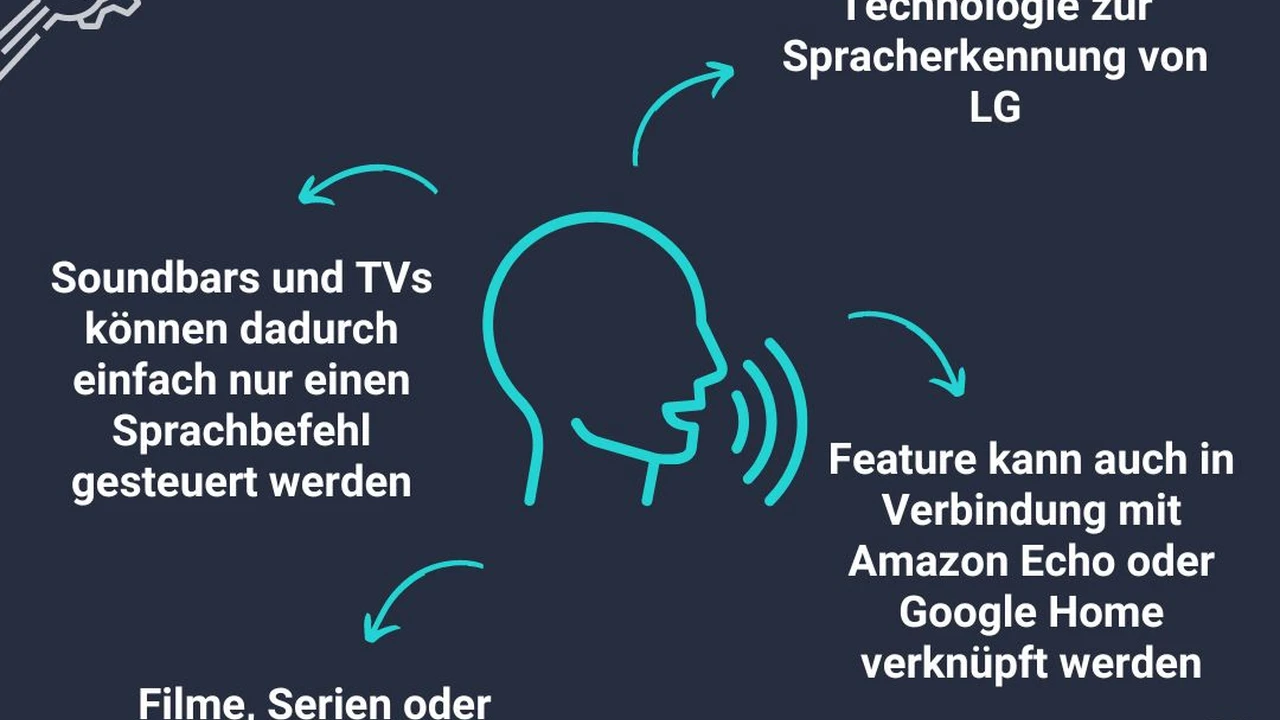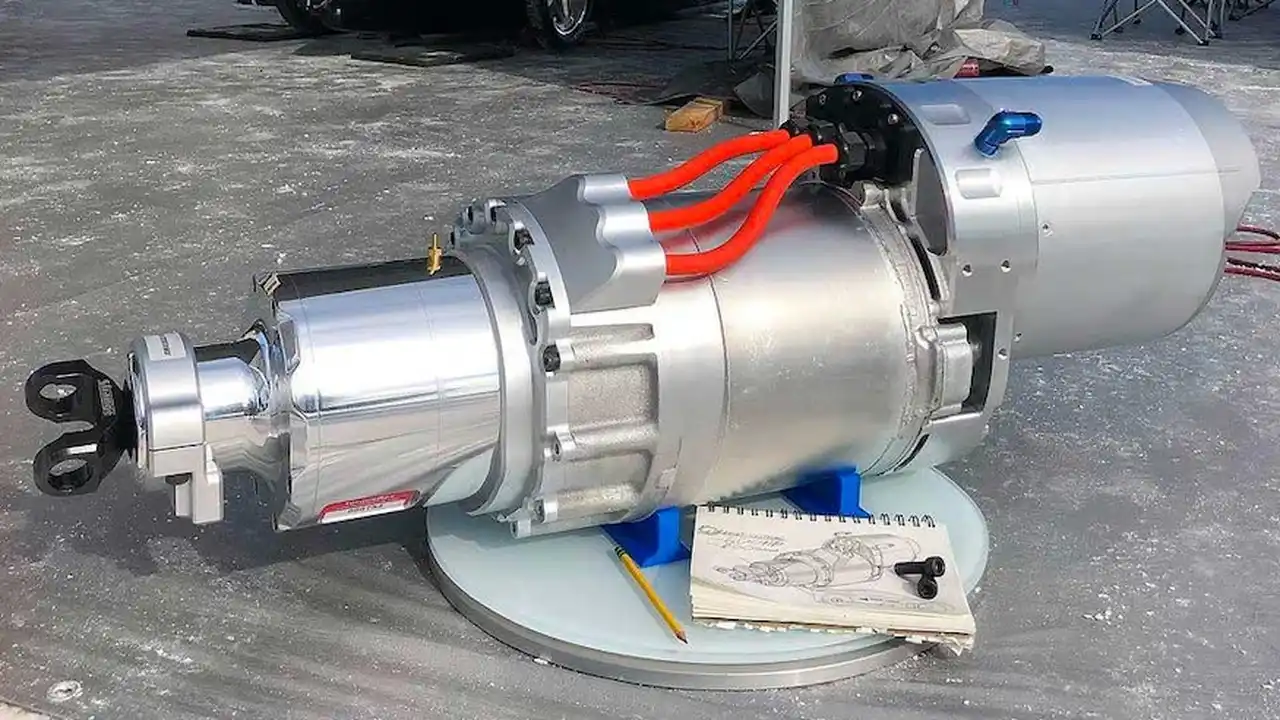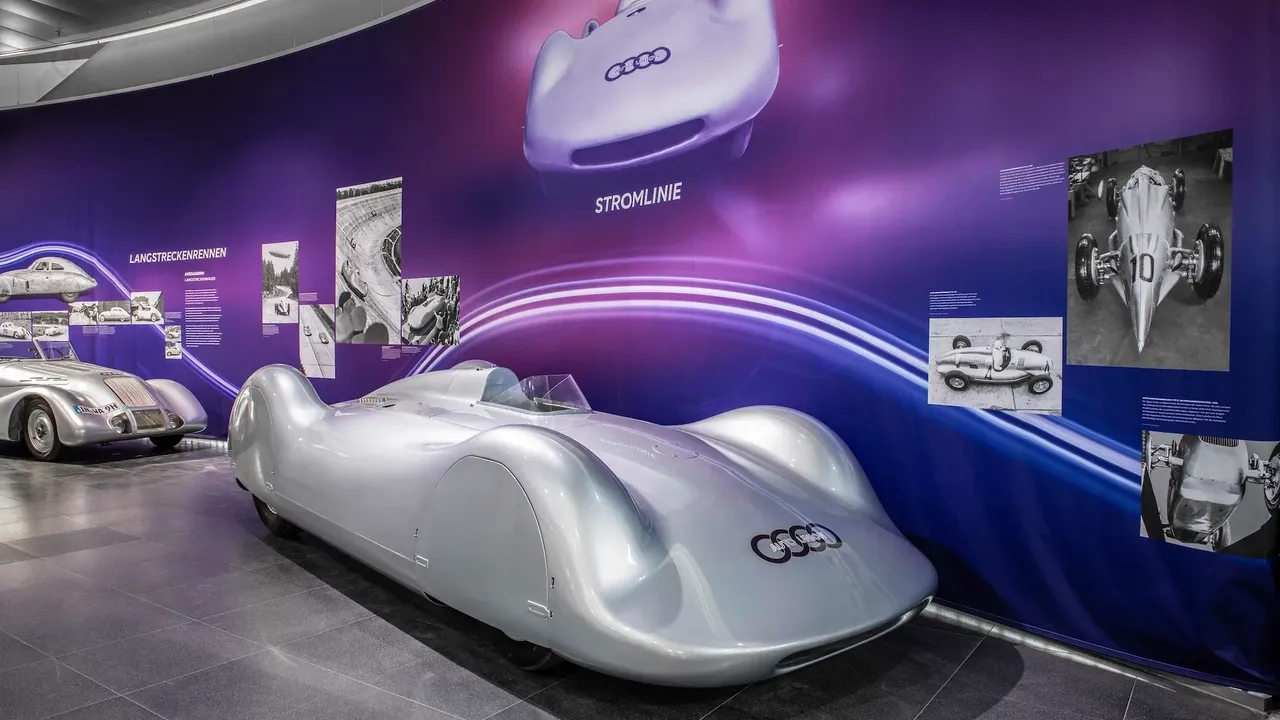Infotainment System Upgrades for EVs: Enhanced Connectivity
Meta Description: Discover how noise cancellation technology enhances the driving experience in electric vehicles by reducing road noise and wind noise. Learn about the different types of noise cancellation and find out which EVs offer the best quiet ride.

Understanding the Science of Noise Cancellation in Electric Vehicles
Electric vehicles (EVs) are often touted for their quiet operation compared to their gasoline-powered counterparts. However, even EVs aren't immune to noise intrusion. Road noise, wind noise, and even the subtle hum of the electric motor can still contribute to driver fatigue and diminished passenger comfort. This is where noise cancellation technology steps in to provide a truly serene driving experience.
Noise cancellation, also known as active noise control (ANC), works by creating "anti-noise" – sound waves that are exactly opposite in phase to the unwanted noise. When these two sound waves meet, they cancel each other out, resulting in a significant reduction in the perceived noise level. This process is far more sophisticated than simply adding sound-deadening materials, which only passively absorb sound. ANC actively combats noise, making it a more effective solution, especially in the low-frequency ranges where road noise and motor hum are most prevalent.
There are two main types of noise cancellation technology used in vehicles:
- Feedforward ANC: This type of system uses microphones placed outside the cabin to detect incoming noise. The system then generates anti-noise through the vehicle's speakers to preemptively cancel out the noise before it reaches the passengers. Feedforward ANC is particularly effective at reducing wind noise and tire roar.
- Feedback ANC: This system uses microphones inside the cabin to monitor the noise levels that passengers are actually experiencing. The system then generates anti-noise through the speakers to cancel out the remaining noise. Feedback ANC is better at addressing engine noise and other sounds that originate inside the vehicle.
Some advanced EV models even combine both feedforward and feedback ANC systems for optimal noise cancellation performance. These hybrid systems can adapt to a wider range of noise conditions and provide a more comprehensive quiet ride.
The Benefits of a Quieter EV Cabin with Noise Cancellation Features
The advantages of noise cancellation technology in EVs extend far beyond just a more pleasant driving experience. Here's a breakdown of the key benefits:
- Reduced Driver Fatigue: Constant exposure to noise can lead to driver fatigue, which can impair reaction time and increase the risk of accidents. By significantly reducing noise levels, ANC helps drivers stay alert and focused on the road for longer periods.
- Improved Passenger Comfort: A quieter cabin allows passengers to relax and enjoy the ride. This is especially important for long journeys or in stop-and-go traffic. Passengers can more easily converse, listen to music, or simply enjoy the peace and quiet.
- Enhanced Audio Quality: With less background noise to contend with, the vehicle's audio system can deliver a clearer and more immersive sound experience. Music sounds richer, podcasts are easier to understand, and phone calls are crystal clear.
- Increased Perceived Luxury: A quiet cabin is often associated with luxury vehicles. By incorporating noise cancellation technology, EVs can elevate their perceived luxury and appeal to a wider range of buyers.
- Better Speech Recognition: Voice assistants and other speech-based features work more accurately in a quiet environment. Noise cancellation improves the reliability of voice commands, making it easier to control various vehicle functions hands-free.
Exploring Noise Cancellation Technologies in Popular EV Models A Comprehensive Comparison
Several EV manufacturers are now incorporating noise cancellation technology into their vehicles. Here's a look at some popular models and the specific ANC systems they employ:
Tesla Model S and Model X Advanced Noise Reduction Technologies
Tesla has consistently pushed the boundaries of EV technology, and noise cancellation is no exception. The Model S and Model X feature an advanced ANC system that utilizes both feedforward and feedback microphones. These microphones are strategically placed throughout the cabin to capture a wide range of noise frequencies. The system then generates anti-noise through the vehicle's high-quality speakers, resulting in a significant reduction in road noise, wind noise, and even the subtle hum of the electric motors. Tesla also uses active suspension to further reduce vibrations and noise transmitted from the road.
Key Features:
- Hybrid Feedforward and Feedback ANC
- Multiple Microphones Strategically Placed
- Active Suspension for Vibration Reduction
- High-Quality Audio System Integration
User Experience: The Tesla Model S and Model X are widely praised for their quiet and comfortable ride. The noise cancellation system effectively eliminates most unwanted noise, allowing passengers to enjoy a serene driving experience. Independent tests have confirmed that the Tesla's cabin noise levels are among the lowest in the EV segment.
Price Range: $90,000 - $130,000 (depending on configuration and options)
Audi e-tron and e-tron GT Sophisticated Sound Management
Audi has long been known for its exceptional interior build quality and attention to detail, and the e-tron and e-tron GT EVs are no exception. These models feature a sophisticated noise cancellation system that is designed to provide a luxurious and refined driving experience. The system utilizes both feedforward and feedback microphones, as well as advanced algorithms to analyze and cancel out unwanted noise. Audi also uses extensive sound-deadening materials throughout the vehicle to further minimize noise intrusion.
Key Features:
- Hybrid Feedforward and Feedback ANC
- Advanced Noise Analysis Algorithms
- Extensive Sound-Deadening Materials
- Acoustic Glass Windows
User Experience: The Audi e-tron and e-tron GT are renowned for their exceptionally quiet cabins. The noise cancellation system effectively eliminates road noise, wind noise, and motor hum, creating a truly serene and relaxing driving environment. Many reviewers have described the e-tron's cabin as being "library quiet."
Price Range: $70,000 - $110,000 (depending on configuration and options)
Polestar 2 Minimalist Design with Maximum Sound Isolation
The Polestar 2 is a stylish and minimalist EV that prioritizes both performance and comfort. While the Polestar 2's noise cancellation system isn't as sophisticated as those found in the Tesla or Audi, it still provides a noticeable improvement in cabin quietness. The Polestar 2 uses a combination of sound-deadening materials and active noise control to minimize noise intrusion. The active noise control system utilizes microphones to detect low-frequency noise and generate anti-noise through the speakers.
Key Features:
- Active Noise Control for Low-Frequency Noise
- Sound-Deadening Materials
- Acoustic Laminated Windshield
User Experience: The Polestar 2 offers a relatively quiet and comfortable ride, especially considering its price point. While the noise cancellation system may not completely eliminate all unwanted noise, it does significantly reduce road noise and motor hum, creating a more pleasant driving experience.
Price Range: $50,000 - $65,000 (depending on configuration and options)
Hyundai IONIQ 5 and Kia EV6 Value-Packed EVs with Noise Reduction
The Hyundai IONIQ 5 and Kia EV6 are two of the most popular and highly regarded EVs on the market. These models offer excellent value for money, and they also include a range of features designed to enhance comfort and quietness. While they don't have a full active noise cancellation system like some of the more expensive EVs, they do employ noise reduction technologies.
Key Features:
- Enhanced Sound Insulation
- Acoustic Laminated Windshield
- Optimized Body Structure for Noise Reduction
User Experience: The IONIQ 5 and EV6 provide a surprisingly quiet and comfortable ride for their price range. The noise reduction technologies effectively minimize road noise and wind noise, creating a more pleasant driving experience. While they may not be as quiet as some of the more expensive EVs with active noise cancellation, they still offer a significant improvement in cabin quietness compared to traditional gasoline-powered vehicles.
Price Range: $45,000 - $60,000 (depending on configuration and options)
Aftermarket Noise Cancellation Solutions for Your Existing EV
If you already own an EV that doesn't have built-in noise cancellation technology, don't despair! There are several aftermarket solutions that can help improve cabin quietness. These solutions range from simple sound-deadening materials to more sophisticated active noise control systems.
Sound-Deadening Materials A Cost-Effective DIY Solution
One of the simplest and most cost-effective ways to reduce noise in your EV is to install sound-deadening materials. These materials are designed to absorb sound waves and prevent them from resonating within the vehicle's cabin. Common sound-deadening materials include:
- Butyl Rubber Sound Deadeners: These materials are typically applied to the vehicle's body panels to reduce vibrations and noise.
- Closed-Cell Foam: This type of foam is used to block sound waves and prevent them from entering the cabin.
- Mass-Loaded Vinyl (MLV): MLV is a heavy material that is used to block sound transmission.
You can purchase these materials online or at your local auto parts store. Installing them is a relatively straightforward DIY project, although it can be time-consuming. You'll need to remove the interior panels of your vehicle to access the areas where you want to apply the sound-deadening materials.
Pros:
- Relatively Inexpensive
- Can Be Installed DIY
- Noticeable Improvement in Noise Reduction
Cons:
- Time-Consuming Installation
- May Require Removing Interior Panels
- Not as Effective as Active Noise Control
Active Noise Control Headphones A Personal Quiet Zone
While not a direct solution for the entire EV cabin, active noise control headphones offer a personal quiet zone for the driver and passengers. These headphones use microphones to detect ambient noise and generate anti-noise through the earpieces. This effectively cancels out the surrounding noise, allowing you to enjoy your music or podcasts without distraction.
Recommended Products:
- Bose QuietComfort 45: Widely considered the best noise-canceling headphones on the market.
- Sony WH-1000XM5: Another top-rated option with excellent noise cancellation and sound quality.
- Apple AirPods Max: Premium headphones with advanced noise cancellation and spatial audio features.
Pros:
- Excellent Noise Cancellation
- Portable and Versatile
- Can Be Used in Any Vehicle
Cons:
- Only Benefit the User Wearing the Headphones
- Can Be Expensive
The Future of Noise Cancellation in Electric Vehicles
Noise cancellation technology is rapidly evolving, and we can expect to see even more sophisticated systems in future EVs. Some of the trends to watch include:
- AI-Powered Noise Cancellation: Artificial intelligence (AI) can be used to analyze noise patterns and adapt the noise cancellation system in real-time. This will allow for even more effective noise reduction in a wider range of driving conditions.
- Personalized Noise Zones: Future EVs may allow passengers to create personalized noise zones within the cabin. This would allow each passenger to listen to their own music or podcasts without disturbing others.
- Integration with Vehicle Systems: Noise cancellation systems will likely become more integrated with other vehicle systems, such as the audio system and the climate control system. This will allow for a more seamless and immersive driving experience.
As EV technology continues to advance, noise cancellation will play an increasingly important role in creating a truly luxurious and comfortable driving experience. By reducing driver fatigue, improving passenger comfort, and enhancing audio quality, noise cancellation technology is helping to pave the way for a quieter and more enjoyable future of driving.
Tips for Maximizing Noise Reduction in Your EV
Whether your EV has built-in noise cancellation or you're using aftermarket solutions, there are several things you can do to maximize noise reduction:
- Choose the Right Tires: Tire choice can have a significant impact on road noise. Look for tires that are specifically designed for quiet operation.
- Maintain Your Vehicle: Properly maintained suspension and wheel bearings can help reduce vibrations and noise.
- Close Windows and Sunroof: Even a slightly open window or sunroof can let in a significant amount of noise.
- Turn Off the Radio: If you don't need to listen to music or podcasts, turn off the radio to minimize distractions.
- Adjust Your Driving Style: Aggressive driving can generate more noise. Try to drive smoothly and avoid sudden acceleration or braking.
By following these tips, you can create a quieter and more relaxing driving environment in your EV.
:max_bytes(150000):strip_icc()/277019-baked-pork-chops-with-cream-of-mushroom-soup-DDMFS-beauty-4x3-BG-7505-5762b731cf30447d9cbbbbbf387beafa.jpg)






